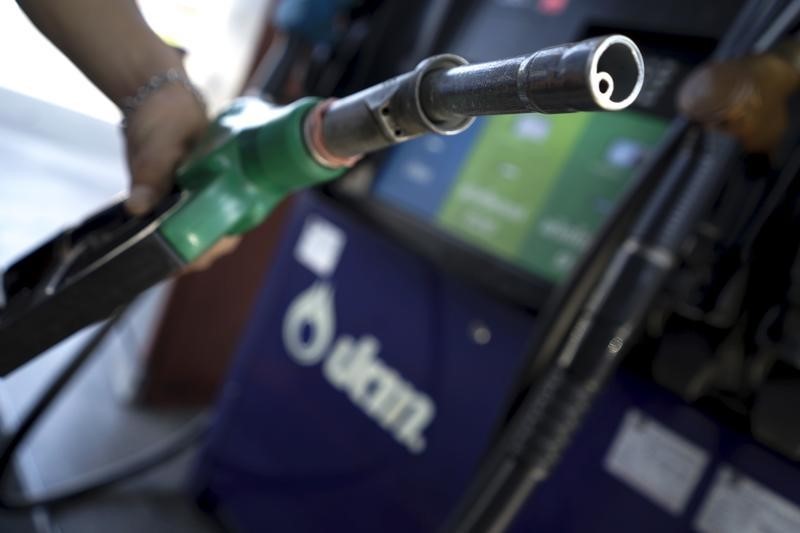By Liz Moyer
Investing.com -- Oil prices jumped on Wednesday as talk that the OPEC+ global alliance of producers might withhold an output hike for April overshadowed a U.S. government report showing a humongous build in crude stocks for last week.
Expectations have been rife over the past week that OPEC+, a 23-member coalition which bands the original 13 members of the Saudi-led Organization of the Petroleum Exporting Countries with 10 non-members steered by Russia, will raise output by 500,000 barrels per day at least from next month.
Reuters, however, reported on Wednesday, quoting three OPEC+ sources, that the alliance was considering rolling over existing production cuts in April, instead of raising output as oil demand recovery remained fragile due to the Covid-19.
The speculation over the OPEC+ action overshadowed the weekly Energy Information Administration report showing a hike of more than 21.5 million barrels in U.S. stocks, versus analysts' expectations for a draw of 928,000 barrels.
New York-traded West Texas Intermediate, the benchmark for U.S. crude, settled up $1.53, or 2.6%, at $61.28 per barrel.
London-traded Brent, the global benchmark for oil, rose $1.37, or 2.2%, to settle at $64.07.
Stockpiles of U.S. crude ballooned last week after a snowstorm shut down refineries in the heart of America’s energy heartland Texas, causing an inventory pileup even bigger than that seen at the height of last year’s demand destruction from the coronavirus.
The EIA said U.S. crude inventories swelled by 21,563,000 barrels for the week ended Feb. 26.
That was larger than the 19.2 million-barrel build seen during the week to April 10, 2020, when demand for oil cratered amid stiff economic lockdowns prompted by the COVID-19 outbreak.
“It looks like the Texas shutdown was more of an Armageddon for crude stockpiles than a seismic shift," said Investing.com analyst Barani Krishnan.
EIA data showed the build in crude stocks came as refinery runs fell 2.3 million barrels and the refinery utilization rate fell 12.6% from 68.6% to 56%.
Refinery rates have plummeted since the February 13-17 snowstorm that hit Texas, the biggest US state for oil and gas production, as well as refining.
“All indications are that this 56 percent is a record low for refinery runs in a week,” said John Kilduff, founding partner at New York energy hedge fund Again Capital. The typical US refinery run rate at this time of the year would be around 85 to 95 percent, he said.
EIA data also showed crude imports rose 1.7 million barrels per day last week to reach 6.3 million bpd. Production gained as well by 300,000 bpd to 10 million bpd, adding to supplies, while crude exports were barely changed at 2.35 million bpd.
The build in crude stockpiles aside, declines were staggering as well in inventories of gasoline and stockpiles of distillates, which include heating oil.
Gasoline inventories fell by 13.6 million barrels versus the industry consensus for a draw of 2.3 million.
Distillate stockpiles fell by 9.7 million against average forecasts for a drop of 3.0 million, as frigid temperatures across the United States sparked extraordinary heating demand.
The snowstorms that descended the United States in recent weeks came after an unseasonably warm start to the 2020/21 winter. The hit on Texas, particularly, was so bad and unexpected that oil and gas couldn’t flow like normal in key production basins.
Typically known for its sweltering weather most of the year, Texas initially looked like a white blanket after the blitz in the state known for maintaining temperatures of between 60°F (15.6°C) and 70°F (21.1°C).
More than four million homes in Texas did not have power right after the storm as the state’s electricity grid got knocked out, and many did not have water supply for more than a week after the state’s worst snowstorm in 30 years.
